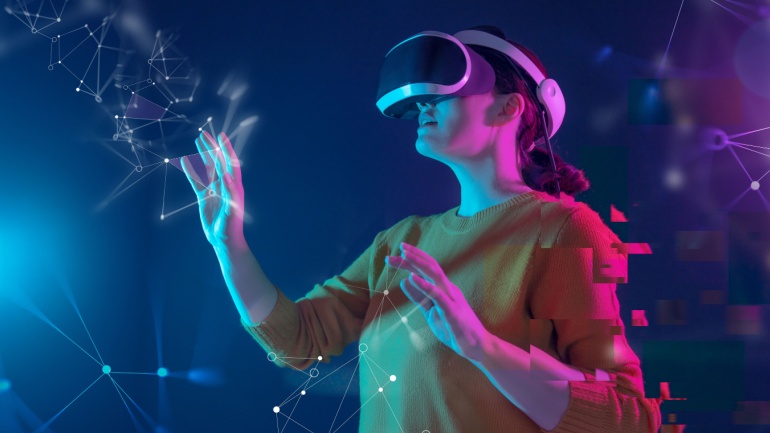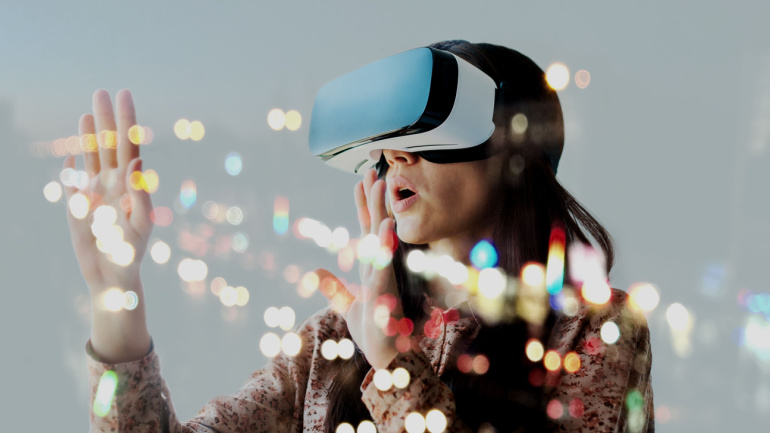The anticipated turnaround in the augmented and virtual reality (AR/VR) market remains elusive, as first-quarter shipments have once again plummeted. According to recent data from IDC, the volume of AR/VR shipments dropped by a staggering 67.4% compared to the same period last year. This decline follows a 54.4% drop in the first quarter of 2023 from the previous year.
Diving deeper into spatial computing realms, Qualcomm releases Snapdragon XR2 Gen 2 and Snapdragon AR1 Gen 1 platforms, enhancing user immersion through improved GPU performance, AI, and concurrent camera capabilities. Snapdragon XR2 aims at efficient virtual reality navigation while AR1 offers advanced features for smart glasses. However, despite the technological leap, the mass-market embrace of AR/VR innovations stays at bay. The question remains: will Qualcomm’s efforts be enough to spur the demand boost the industry awaits?
After years of hype, we are looking forward to the impending rollout of 5G networks. This transformational technology will lay the foundation for many future services and change how we view productivity. But how will 5G affect you? Speed and responsiveness It is not yet possible to state definitively what network speeds will be reachable, but it is fair to say that the biggest benefit of 5G to the average user will be the speed of this service. Early estimates have shown that data rates could be up to a thousand times faster than 4G, potentially exceeding 10 Gbps. In practical terms, everything we currently do on the Internet would be significantly faster, and these speeds would enable users to download an entire HD film in a few seconds. Responsiveness or latency refers to the time between a request and a response. The ultra-low latency of 5G will result in response…






